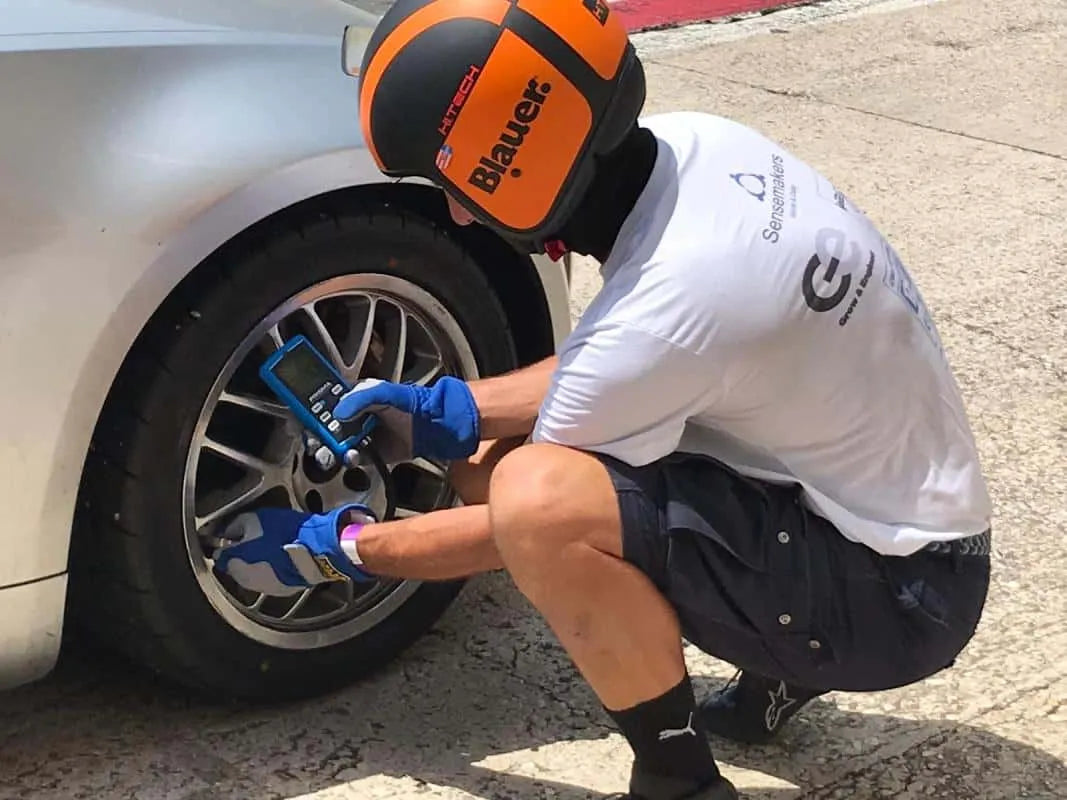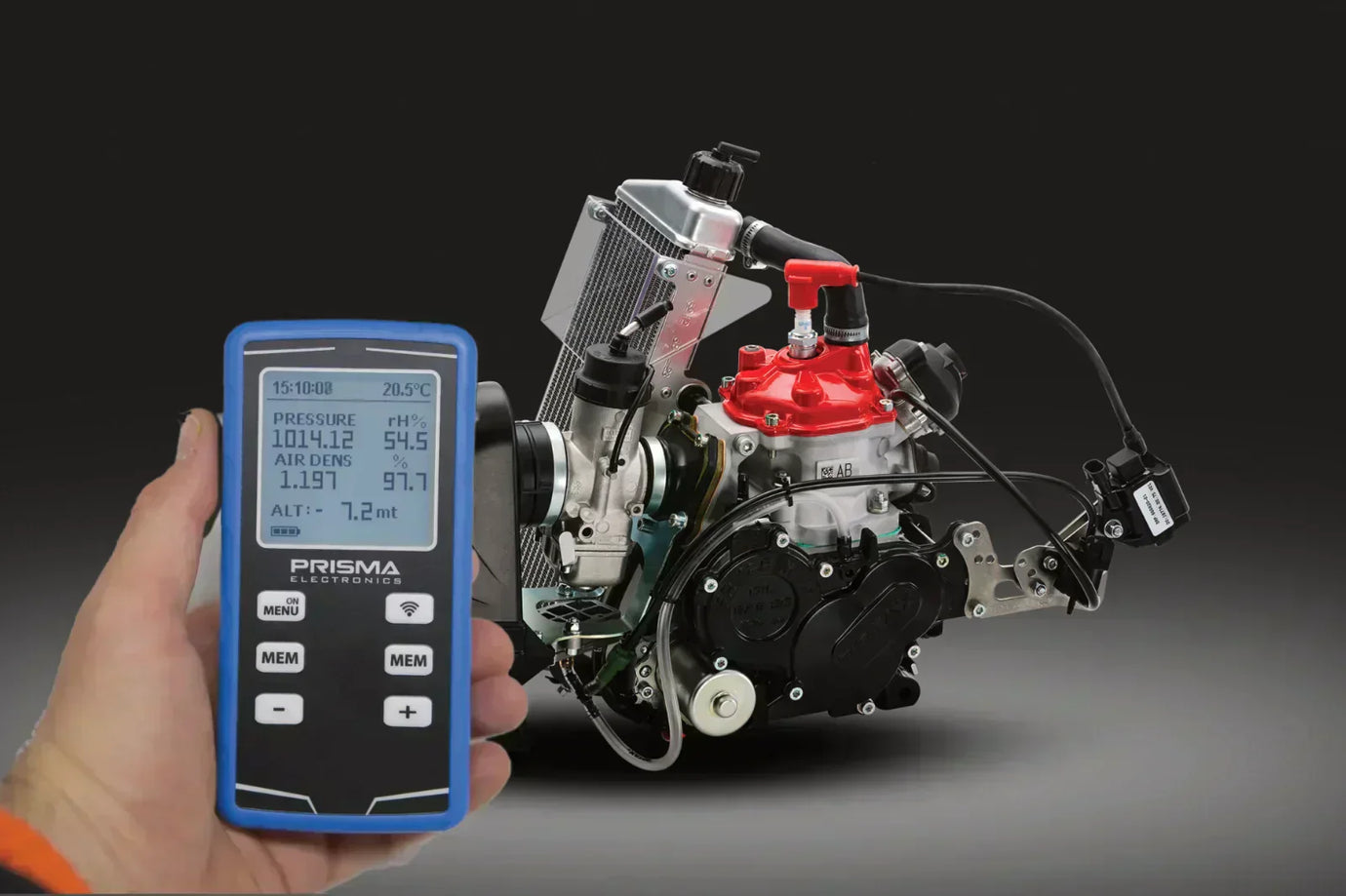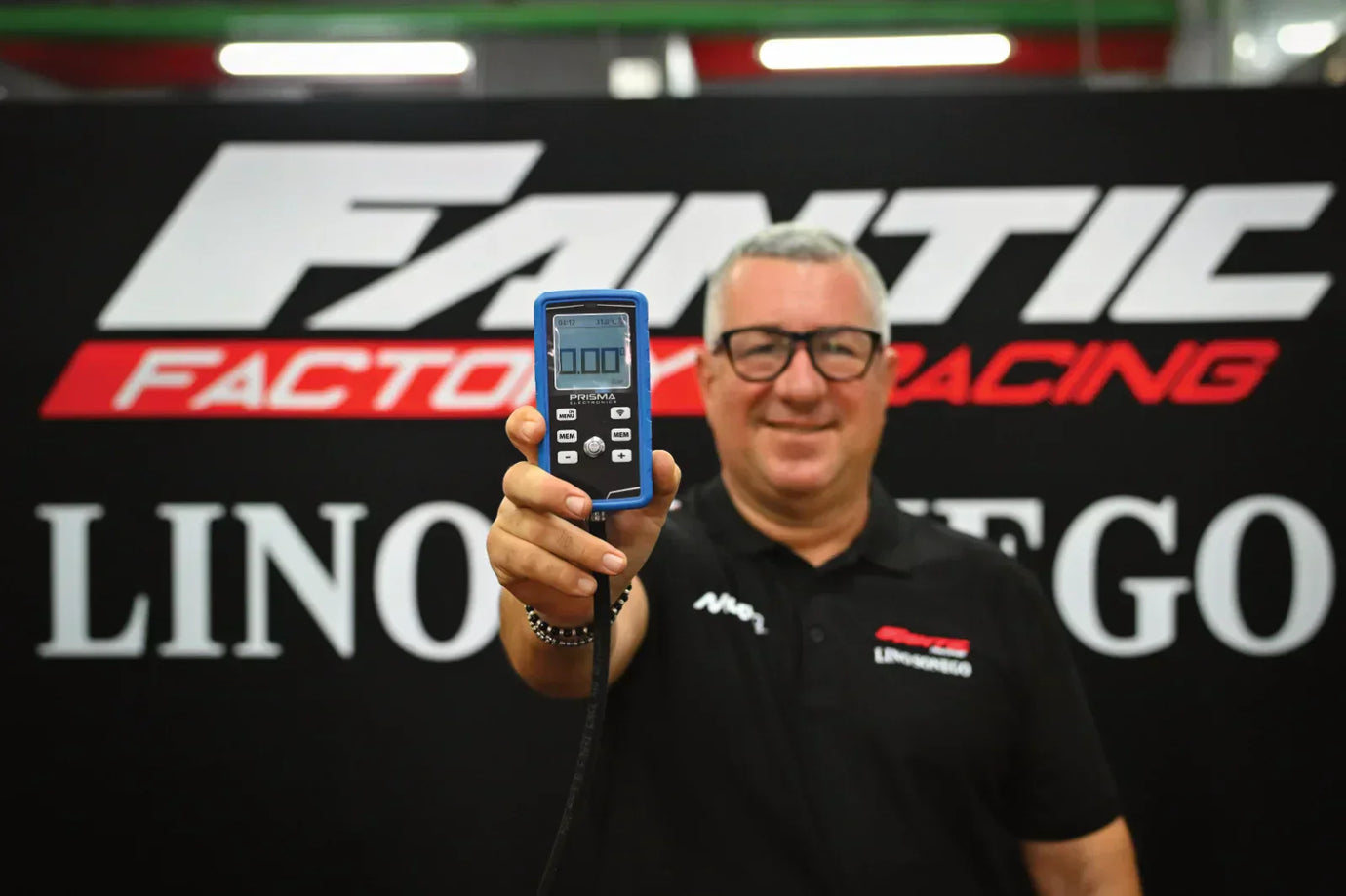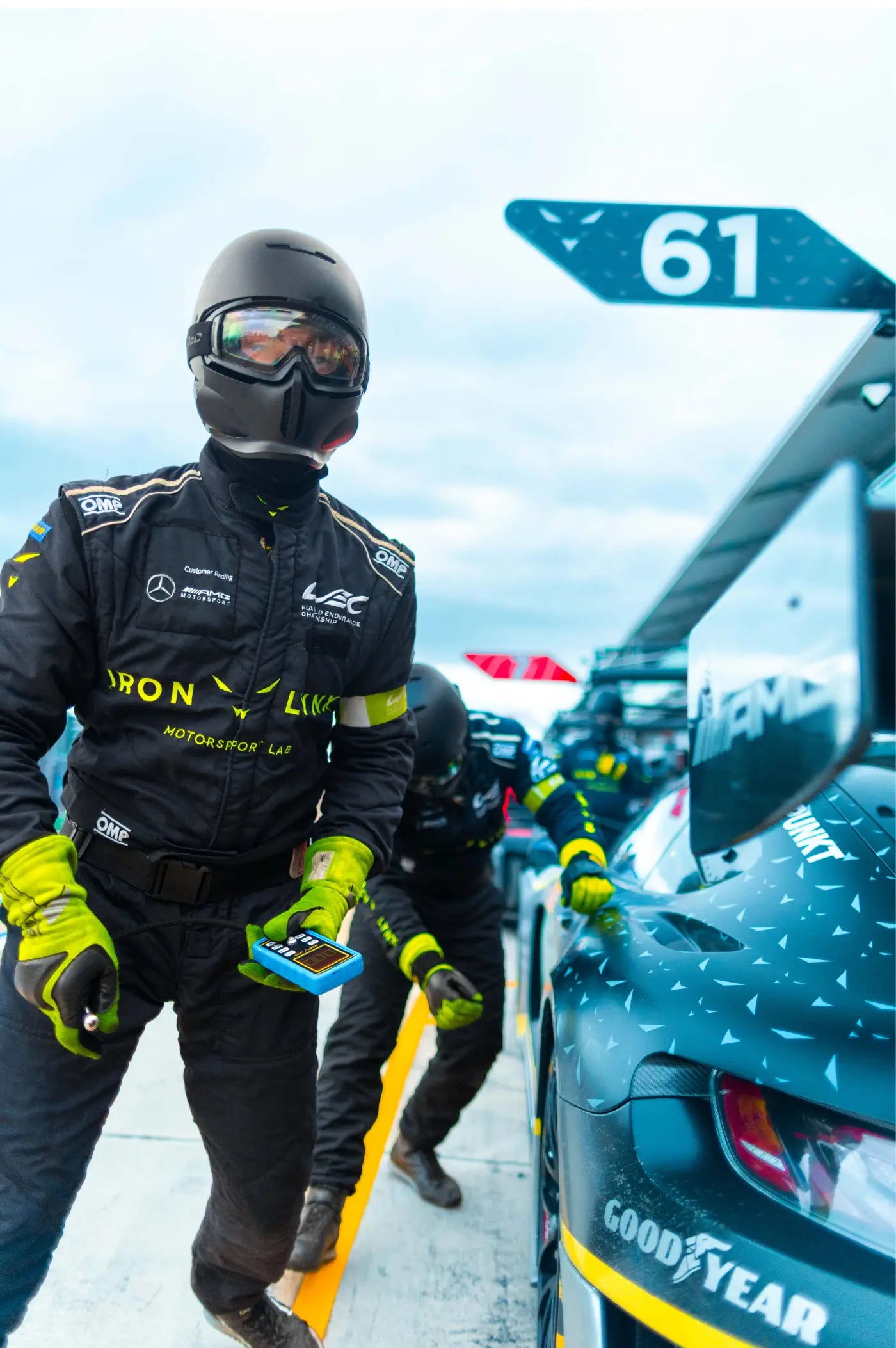Hoosier Racing Tires: The Ultimate Guide to Tire Pressure, Temperature, and Performance
In motorsport, every detail counts — and choosing the right tire can make all the difference. Hoosier Racing Tires are designed exclusively for competition, delivering consistent, high-performance results across every lap. In this guide, we’ll cover the most important information about Hoosier Tires: from popular models to tire break-in, optimal temperature ranges, and recommended air pressures.
Popular Hoosier Tire Models
Hoosier Sports Car DOT A7 Radials
The Hoosier A7 is ideal for autocross, time trials, and hill climb events in dry conditions. With high grip at lower operating temperatures, it’s perfect for lightweight cars or cool-weather racing.
Hoosier Sports Car DOT Radial R7
For road racing, the Hoosier R7 stands out as the go-to choice. Engineered for hot, dry track conditions, these tires offer quick warm-up, consistent lap times, and excellent durability.
Tire Break-in Procedure
To maximize both performance and lifespan, a proper tire break-in process is essential. While break-in doesn’t change initial performance, it dramatically increases the tire’s competitive life.
To scuff new tires, perform one or two moderate laps to warm them up, followed by a hard lap and then a cool-down lap. Allow the tires to fully cool to ambient temperature before reuse.
Initial Heat Cycle for A7 and R7
The first few laps are critical for establishing durability. Begin with a 10–15 minute run, gradually increasing pace until the last lap is at maximum speed. The goal is to reach peak tire temperature only on the final lap.
Recommended Tire Temperatures
Maintaining the correct tire temperature ensures optimal traction and consistent performance. Target pit-lane temperatures are:
- R7 (Road Racing): 180–200°F (80–95°C)
- A7 (Autocross): 110–140°F (45–60°C)
For accurate results, measure temperatures immediately after a session using a digital tire pyrometer.

Tire Pressure Recommendations
Maintaining the right tire pressure is equally critical. New tires might initially feel like they have less traction — avoid the temptation to lower pressure excessively. Too little pressure may improve feel but reduces overall grip and accelerates wear.
Pro Tip:
Monitor pressure both cold and hot using a high-precision gauge like the Prisma Electronics HPM5 Digital Tire Gauge. Consistent readings help fine-tune your setup and maintain tire longevity.
Conclusion
Hoosier Racing Tires are engineered for one goal: performance. By following proper break-in steps, maintaining optimal temperatures, and setting the correct air pressures, you’ll unlock their full potential. Whether you’re competing in road racing or autocross, Hoosier Tires deliver the consistency and grip demanded by serious drivers.
Reference:
Hoosier Tire Care and Safety Guidelines - Tire care and safety Guidelines







 PISAM • Online Support
PISAM • Online Support